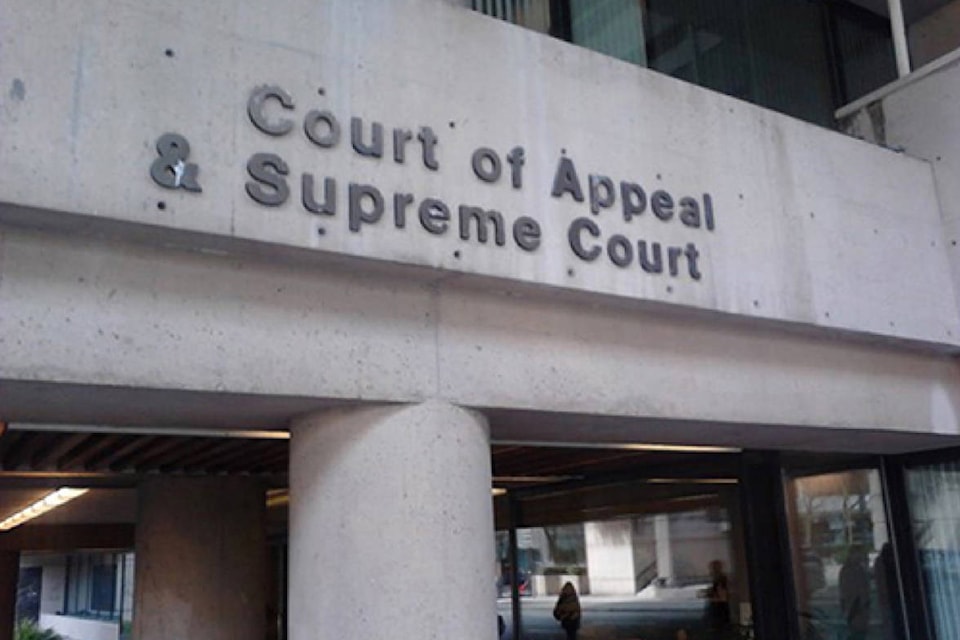The Surrey Six murder case, 13 years after the killings, is once again before the courts.
The British Columbia Court of Appeal on Wednesday began hearing conviction appeals in Regina v. Haevischer and Regina versus Johnston during what’s expected to be a three-day webcast.
The appellants, Matthew James Johnston and Cody Rae Haevisher, were convicted of murdering six people in suite 1505 of the Balmoral Tower in Whalley on Oct. 19, 2007. The Crown’s theory was that the killings were payback for an unpaid debt between rival gangs. This is contained in 375 pages of factums, or written arguments, which the judges must pore over.
Christopher Mohan, 22, was one of six men shot dead in gang violence in a penthouse suite on the 15th floor of the tower. He shared a suite with his mom Eileen on that same floor and had she been home at the time, she likely would have shared his fate.
She was in court Wednesday.
Christopher Mohan and Abbotsford gasfitter Ed Shellenberg, 55, were innocent victims who accidentally stumbled upon a drug hit in progress. Edward Sousakhone Narong, 22, Ryan Bartolomeo, 19, and brothers Michael Justin Lal, 26, and Corey Jason Michael Lal, 21, were also slain.
Justices David Franklin Tysoe, Anne MacKenzie and Peter Willcock are hearing the appeals.
The defence appeals the convictions on grounds the accused were excluded from a hearing that was part of the trial, creating “unfairness,” and that a new trial should be ordered because the trial judge “erred in her assessment of the reliability” of evidence from two “Vetrovec” witnesses. Such a witness is considered to be unsavoury, or disreputable. The name comes from a Supreme Court of Canada case in 1982, Vetrovec v. The Queen, concerning a conspiracy to traffic in heroin.
The Crown’s response, contained in a factum, is that the judge “did not err in excluding the appellants” because they didn’t have a right to be present “when information which could tend to identify an informer was revealed,” and that the trial judge did not err in assessing the Vetrovec witnesses evidence.
The appellant’s joint factum also alleges abuse of process and failure on the part of the Crown to disclose evidence. Both also are advancing separate grounds for appeal.
The Crown, in one of its respondent factums, argues that the appellants have “failed to demonstrate any basis upon which this Court may interfere with the judge’s exercise of discretion.
“No useful purpose would be served by an evidentiary hearing in the trial court,” the Crown’s document continues. “Such a hearing will never alter the underlying facts. The appellants were found guilty of horrific crimes. Intending to kill one drug rival to make an example of him and to advance their drug trafficking gang’s turf, they murdered six men, two of whom were unconnected with the drug trade, execution-style as those men lay defenceless on the floor.
“The appellants and their Red Scorpion(“RS”) gang associate chose this wanton and pitiless violence over the option of simply abandoning their callous, dangerous and risky plan,” a portion of the Crown’s factum reads. “The resulting carnage was unspeakable. A stay of proceedings will always be a disproportionate response. This ground of appeal ought to be dismissed.”
tom.zytaruk@surreynowleader.com
Like us on and follow Tom on



